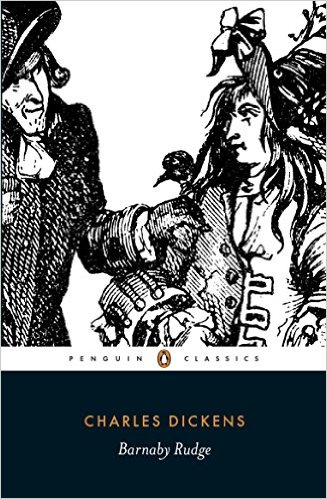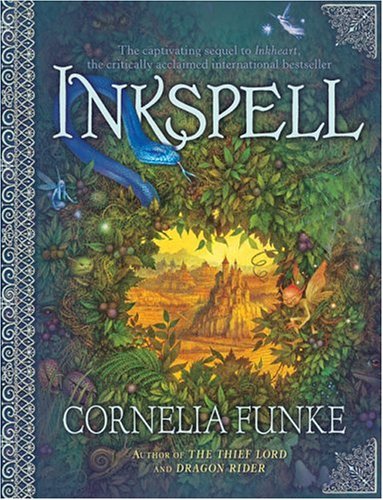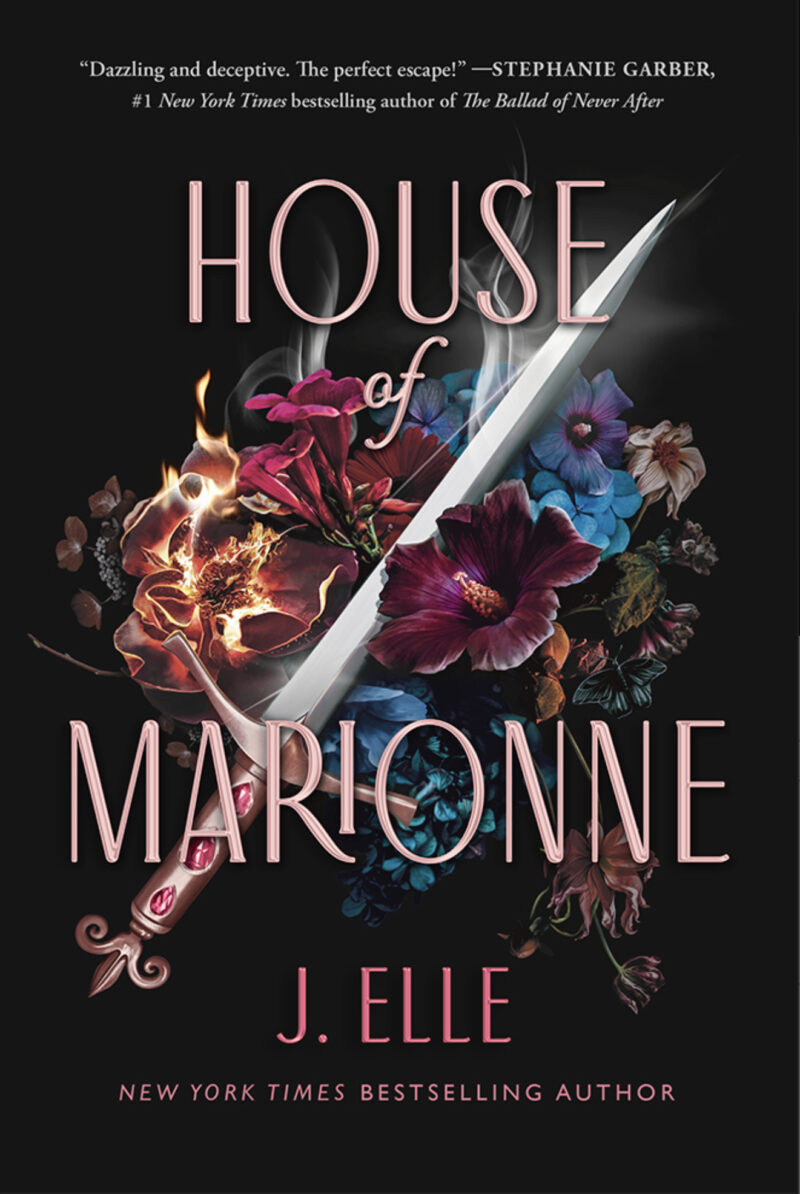[button color=”black” size=”big” link=”http://affiliates.abebooks.com/c/99844/77798/2029?u=http%3A%2F%2Fwww.abebooks.com%2Fservlet%2FSearchResults%3Fisbn%3D9780545561549″ target=”blank” ]Purchase here[/button]
The Mark of the Thief by Jennifer Nielsen follows the adventures of Nic, an escaped slave in ancient Rome who learns he has been gifted magical powers from the gods. Quite on accident, he steals a bulla (a medallion-like seal) that used to belong to Caesar, befriends a griffin, and makes enemies of many of the most powerful men in Rome. For me, this book was a pretty extreme mix of things I really liked and things that really did work for me. Let’s start with the negative and get that out of the way.
The overwhelming question in my mind as I read: why another book about a boy with special powers? It’s about time that more authors realize that a female sidekick is not enough (though I did quite enjoy Aurelia, Nic’s friend). I shouldn’t lay this burden at Jennifer A. Nielsen’s feet alone—it’s a cultural practice that’s become deeply ingrained. Writers are creators, and often characters enter their minds almost fully formed, but if the characters entering your mind are almost always white males (Nic may be a slave, but he’s from Gaul—modern-day France), that’s something that deserves examination and maybe an active choice to make a change. It’s not that there’s anything wrong with Nic; it’s just that his whole conception seems wholly unoriginal. I’ve read this story before, and so has everyone else. He’s just a regular boy, blessed with special abilities, and now he gets his chance to save the world, just like countless protagonists in the canon of literature for young readers.
That’s the worst thing I have to say about The Mark of the Thief. I was also slightly bothered by what seemed to me to be the weak and changeable motivations of many of the book’s villains and by the simplistic magic system in the novel, but I daresay those issues won’t concern many of the young readers this book is intended for. Now for the more positive stuff!
As a former Classics major, I did love this novel as a way to introduce young readers some concrete facts about Roman culture. I especially enjoyed the fairly frequent use of Latin terms, though I think many young readers would appreciate a glossary in the back of the book. Kids who have loved Percy Jackson might pick this up and find that they’ve learned something concrete about ancient architecture, government, and society in ancient Rome—I count that as a win!
Nielsen also builds her story up to a masterful climax. For much of the book, the narrative didn’t pull me along—I kept reading but wasn’t desperate to know what happened next. But by the end of the novel, the action and intrigue were so artfully laid out that I really did want to know what happens next. And of course, The Mark of the Thief possesses many of the plot twists Nielsen’s readers love so well!
If you know a young reader who loves historical fiction with just a bit of the fantastic, this is a fine book to suggest to them, even if ideologically it leaves a bit to be desired.



